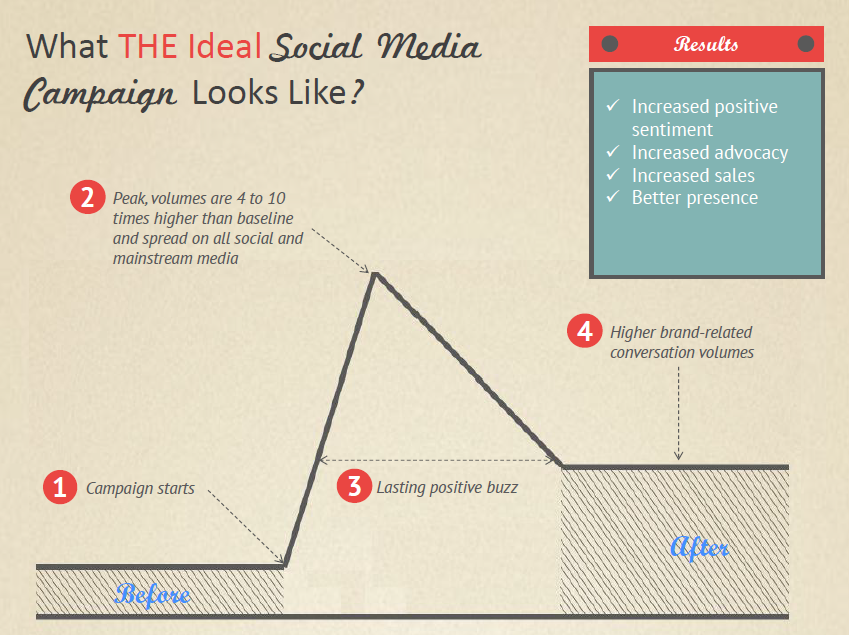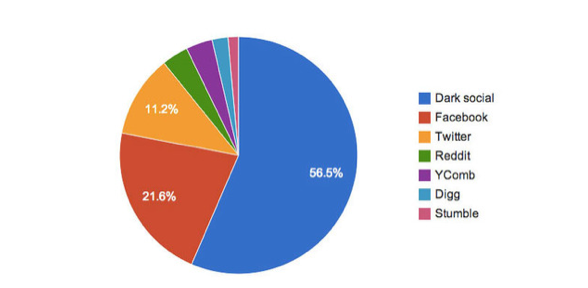By adaptive - April 23rd, 2013
A tangible return on investment is an essential part of any marketing campaign – can Facebook measure up?
Facebook is a powerful social media platform with enormous influence and a staggering number of users. Marketers eye the interactivity, the reach and the success of Facebook and look for ways in which they can harness this for their brands. So far the platform has had mixed results and no one particular strategy can be hailed as the ultimate course of action to gain high levels of conversion. Businesses are looking at their strategies and asking: “Where is my return on investment (ROI)?”
The question here is, of course, how can you measure the ROI of Facebook in a meaningful way? Margaret Francis, VP of Social Products at ExactTarget, says, “Measurement is only meaningful within the parameters you set for a campaign. A company must first establish the strategy and designed outcomes.”
Margaret Francis is the VP of social products at ExactTarget.

The infographic below from Synthesio describes the ideal social media campaign. You have your before and after in consumer engagement showing an increase in positive sentiment, advocacy, sales and presence. Their analysis says that the base of the peak should be wide, representing lasting buzz with peak volumes being four to 10 times higher than the baseline.
What the ideal social media campaign looks like [www.synthesio.com]

The image is great and dreamy and has the perfect marketing picture of a successful campaign, but without a way of measuring its ROI or proving it exists, there is no point. Let’s take a deeper look…
The value of a fan
The original role of the ROI measurement was, and still is, financial. It’s a way of measuring an exact output against exact sums. How can you do that in terms of social media? Is there a monetary value attached to a Like or a Comment or a Fan? When does the fact that your brand has become popular on Facebook suddenly translate into money in the bank?
For some the idea of measuring the ROI of any social media is laughable.
“It is interesting and useful at times to read about the outreach, how many people saw something and so forth,” says Kerry Bannigan is the CEO and Co-Founder of Nolcha, “However, it shows no exact ROI. For us it is now more about the shares and the likes, the interaction of somebody taking the time to read and Like, or share on their page.”
Kerry Bannigan is the CEO and Co-Founder of Nolcha.

For others they believe you just need to find the right tools.
“It depends entirely on what return you want,” says Jon Norris, editor at Crunch, “In purely monetary terms, tracking can be fairly straightforward, however more businesses are moving towards attribution models and micro-conversions to account for the full impact of social activity, rather than just measuring direct earnings.”
Jon Norris is the editor at Crunch.

Norris adds: “Depending on your point of view these are either less or more accurate – they may give false attribution to social impact if not set up correctly, but done right they can give a fuller picture of what Facebook contributes to your sales process.”
The problem surrounding a reliable metric for Facebook lies in is very nature. There are so many different factors to consider – likes, follows, comments, views, shares – and there is no way to place a value on them. A rise in Likes and followers on your brand Facebook page is easily evaluated, but how do they translate to foot traffic into your store or sales, to hard cash?
“If a campaign aims to raise awareness on Facebook by increasing the number of Fans and the number of interactions they have with a brand, then Facebook itself will be able to provide you with those insights on its dashboard,” says Francis, “If the aim is to drive foot traffic to a retail store, a marketer may need to link the Facebook promotion to an email or SMS coupon that can be scanned instore, or a keyword that can be used at checkout.”
I Like You
There are many ways in which social media ROI can be measured such as campaign variables and multi-channel funnels, but the problem is really in being able to isolate every interaction and put a value on it. Did the person click ‘Like’ just to enter one competition and then forget about the brand entirely, or have they become actively engaged with the brand?
According to research done by ExactTarget 27% of consumers check Facebook compulsively and tend to focus on social interactions to alleviate boredom. The same research indicated that 45% of online UK consumers have ‘Liked’ a company in search of a discount or promotion.
“More than 50% of the top 100 retailers on Facebook have fans that answer consumer queries before the brand does according to our Retail Touchpoints survey,” adds Francis, “This serves to underline the importance of not just the initial Like or follow, but the engagement you build with your consumers on a continuous basis.”
This still doesn’t translate into a measurable ROI though, and Norris says, “Attribution models are currently the best way to measure ROI, although micro-conversions should not be discounted – they are an excellent way of building brand awareness and being able to use an individual as the means of delivery adds an element of authenticity that banner ads lack.”
“Facebook is a good source to inform your current fans of updates, new products, sales and opportunities,” says Bannigan, “We are at a point where we are interested in the Likes and shares versus the amount of people that have seen something and been reached. I feel this is the most reliable way to do so, although the numbers are lower than the actual outreach, it is a number of people actually engaging with our brand.”
The Dark Social
Towards the end of 2102 an article in The Atlantic spoke about Dark Social, describing the social interactions that are happening beyond the measurable and the known. Instant Messenger chats, emails – people arrive at a social destination and nobody knows how they got there.
The impact that ‘dark social’ has must be included in any calculation of Facebook ROI.

What this highlights is that measuring the value of social across Facebook, or any other social media platform, is not an exact science and may never become one. There are too many variables to consider, which cannot be weighed, tagged or have tasty pieces of code attached to them. Dark social is close to impossible to measure and the true value of social media is almost just as tough, so how do marketers proceed from here?
The tools you have today, the measurements that are already in place, these are what you know and they provide you with data that can be used to fine tune and tweak existing campaigns. Perhaps the way forward is to eke the most out of the resources that sit on the table now and continue to assess the value of a campaign as closely as possible, even if it is only the tip of the social media ROI iceberg.
Next Reads
June 2014, New York
Become a social business: For superior marketing response, sharper corporate decision-making, enhanced innovation and a happier, more loyal customer
Brochure Programme